One of the best things about hiking is that a plethora of different trails can be found near and far. With so many trails available, you can do a new route almost every time you head out. Having so many trails to choose from is incredible, but can make it hard to find the golden trails in an area you’ve had your eye on. Here are some best practices when it comes to locating the most amazing hiking trails:

Discovering new hiking areas:
You may already know the general area you want to explore, it could be a mountain range like the Sierra Nevadas, a national or state park, or somewhere else. If you are a beginner hiker and have no idea where to start, you might search for something like “best hiking trail near me”. For the sake of this article, we’re going to assume you have some idea of where you're interested in hiking. From this point, your initial google search might be something like “best places to hike in Colorado” or “best hiking in Glacier National Park”. These types of searches are a great starting point to narrow your focus on a more specific zone. While you will find some excellent hikes this way, they are also likely to be the most crowded. If you’re wanting to do these trails, check out our article about how to avoid crowds when traveling to have a more seclusive experience there.

Dig a little deeper:
A popular hike usually has trails right around it that are just as beautiful and offer unique perspectives. Now that you’re looking at a smaller area, you can use an app like All Trails to identify the many different routes from a given location. While using their explore tool, be sure to keep an eye out for natural features like lakes, rivers and peaks. From there you can start clicking through the different trails and more importantly trail photos. It’s also a good idea to do research on the specific natural features as you may want to plan snack breaks around them and some of them that are worth going to may not be visible from the trail. For trails that don’t have any images, or someone just uploaded a picture of basically nothing, copy paste that trail into google search to get a better look at it.

Connect hiking trails:
If you’ve further narrowed down your search to a few trails close to each other, use a map to see if the trails connect. You may be able to combine a couple hikes by turning your route into a loop or Y shaped route. This can mean more miles for that individual hike, but less miles than doing multiple trips.These types of connections can be perfect for a multi day backpacking trip too. While doing your research, be sure to look for information on the difficulty level of the trail, the distance, and the terrain. This will help you choose a trail that matches your fitness level and hiking experience.

The best time to hike:
Different hiking trails may be better suited for different seasons. For example, a trail that is great for summer hiking may be buried in snow in the winter or flooded in the spring. On a positive note, there could be waterfalls in the spring or colorful leaves in the fall. Consider the weather and the conditions of the trail before choosing your hiking destination. A little bit of weather and slightly wild trail conditions can be fun, but only if you're prepared for it. Another big thing to consider is mosquitoes, a lot of places can have clouds of them in the early summer months, so spring or fall could be a better bet. It’s worth looking into.
Hiking Trail Reviews:
There are many websites, apps, and forums that offer hiking trail reviews from other hikers. These reviews can give you a good idea of what to expect on the trail, including any potential hazards or challenges.

Local hiking advice:
Talk to local park rangers or hiking clubs to get recommendations for the best hiking trails in the area. They can offer valuable insights into the best times to hike, trail conditions, and any important safety tips.
Getting to your hiking destination:
If you're hiking in a shoulder season, make sure you double check for road closures. Some roads close early in the fall due to the date rather than the conditions and some don’t open until late in the spring due to heavier snow pack from the winter or trail damage.

Preparing for the Trail:
Once you have chosen your hiking trail, make sure you are properly prepared for the adventure. This includes bringing plenty of water, food, and appropriate gear for the terrain and weather like a hiking hat or rain jacket. Other essentials may include a quick dry towel, sunscreen, and bug spray. Some hiking accessories that are nice to bring are a folding chair, hammock, fly fishing gear, and an adventurous book. Always let someone know where you are going and when you plan to return.
In conclusion, discovering the best hiking trails requires a bit of research and preparation, but the effort is well worth it. Taking the extra time to do so will have you on the right trails at the right time and you won’t be thinking “I wish I would have …”.
We’d love to know what you found helpful, interesting, or think we missed in the comments below.
Also if you need some gear before you go, we’ve got you covered!
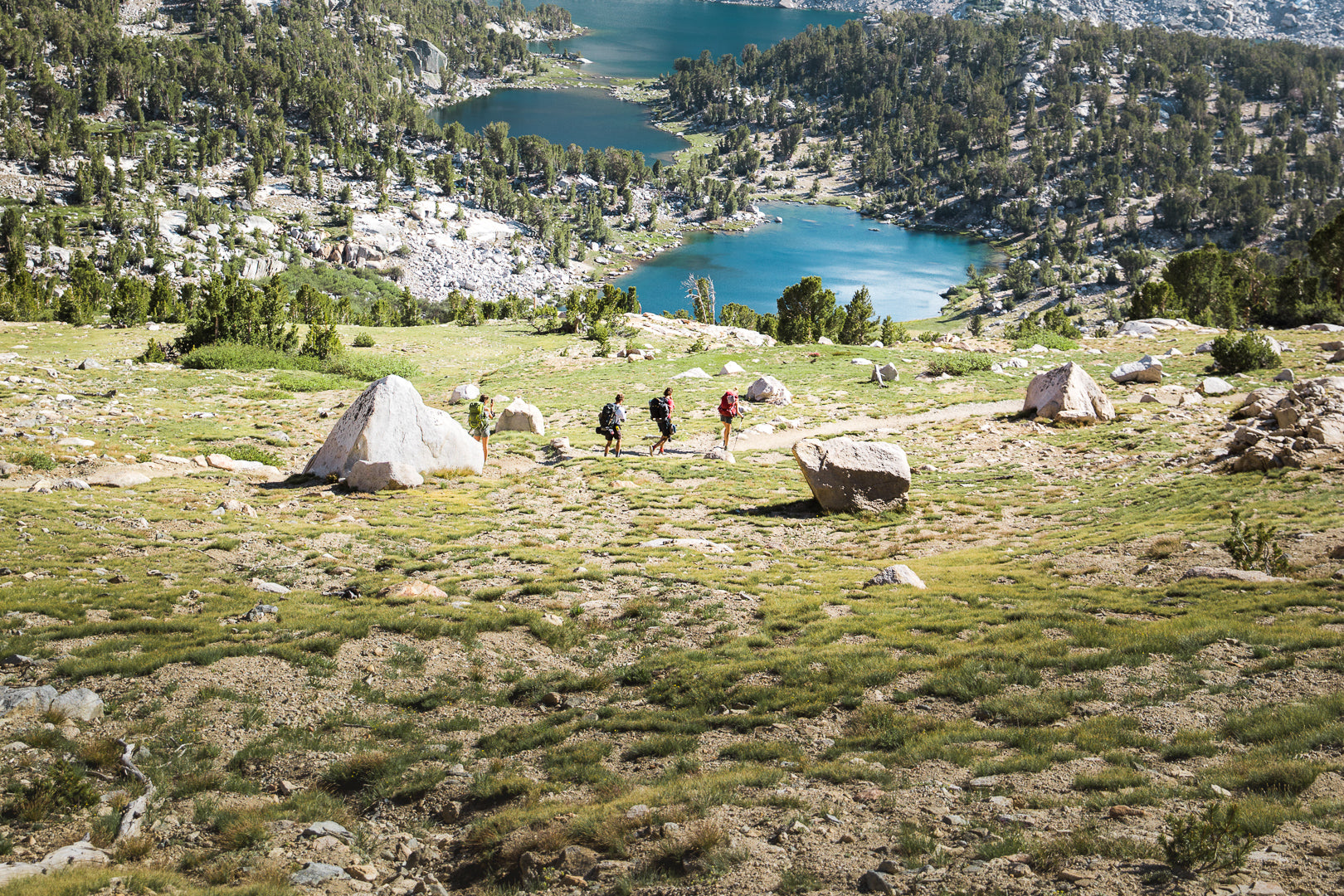
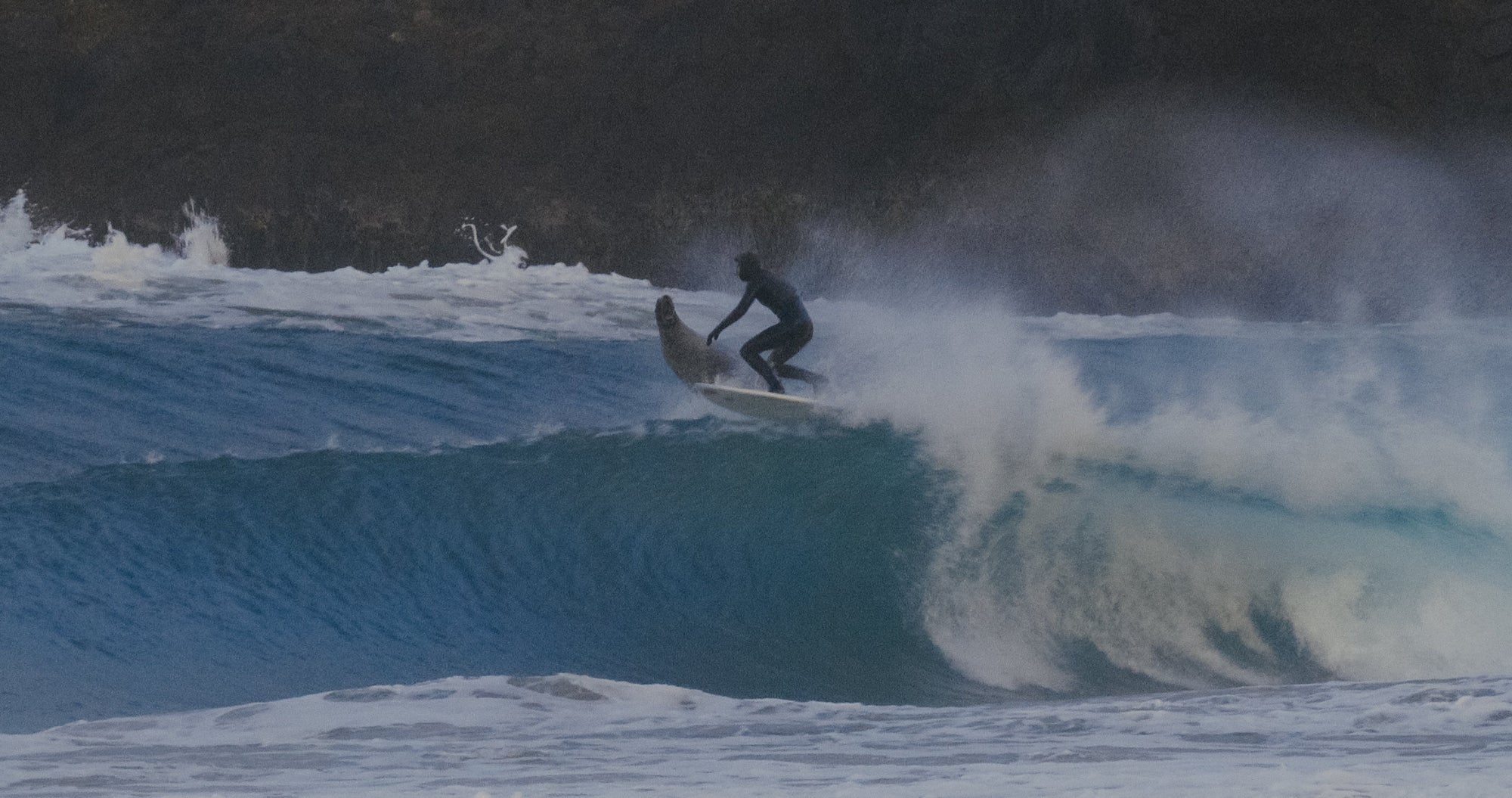
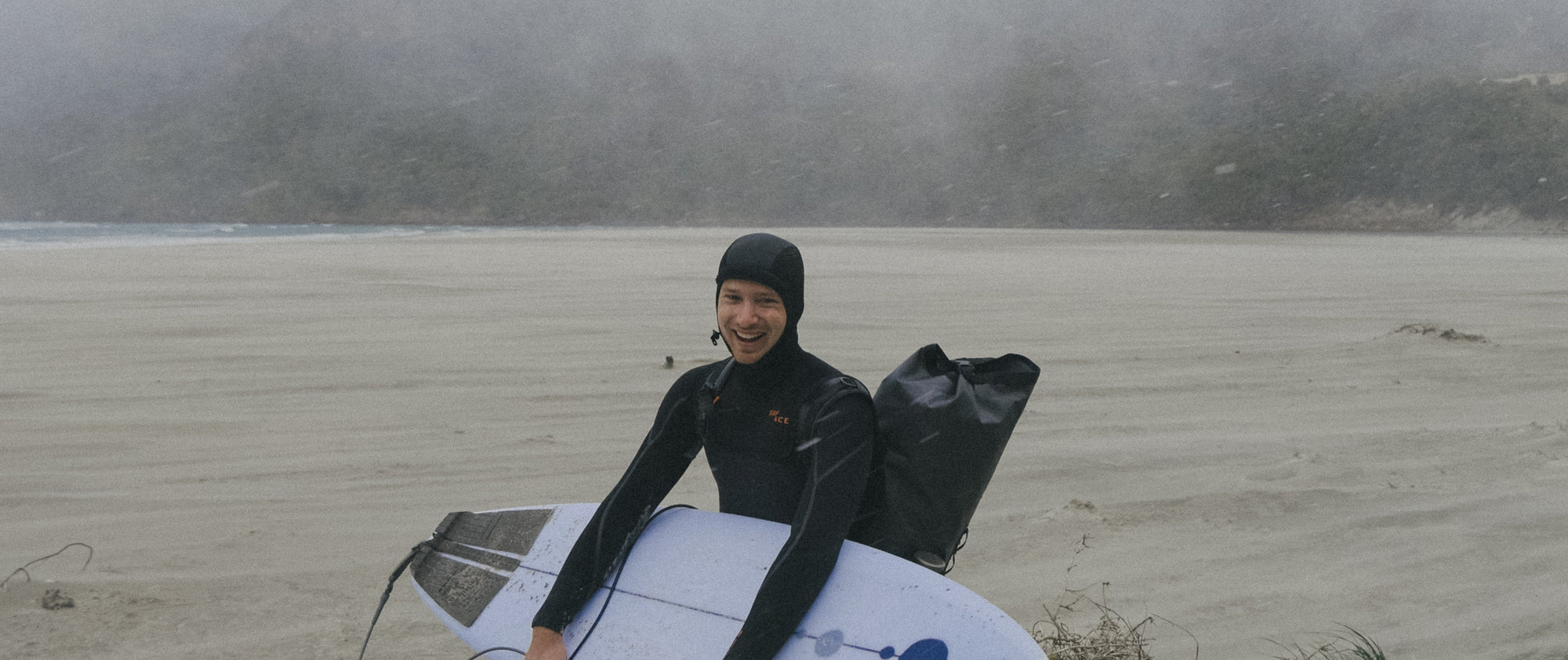
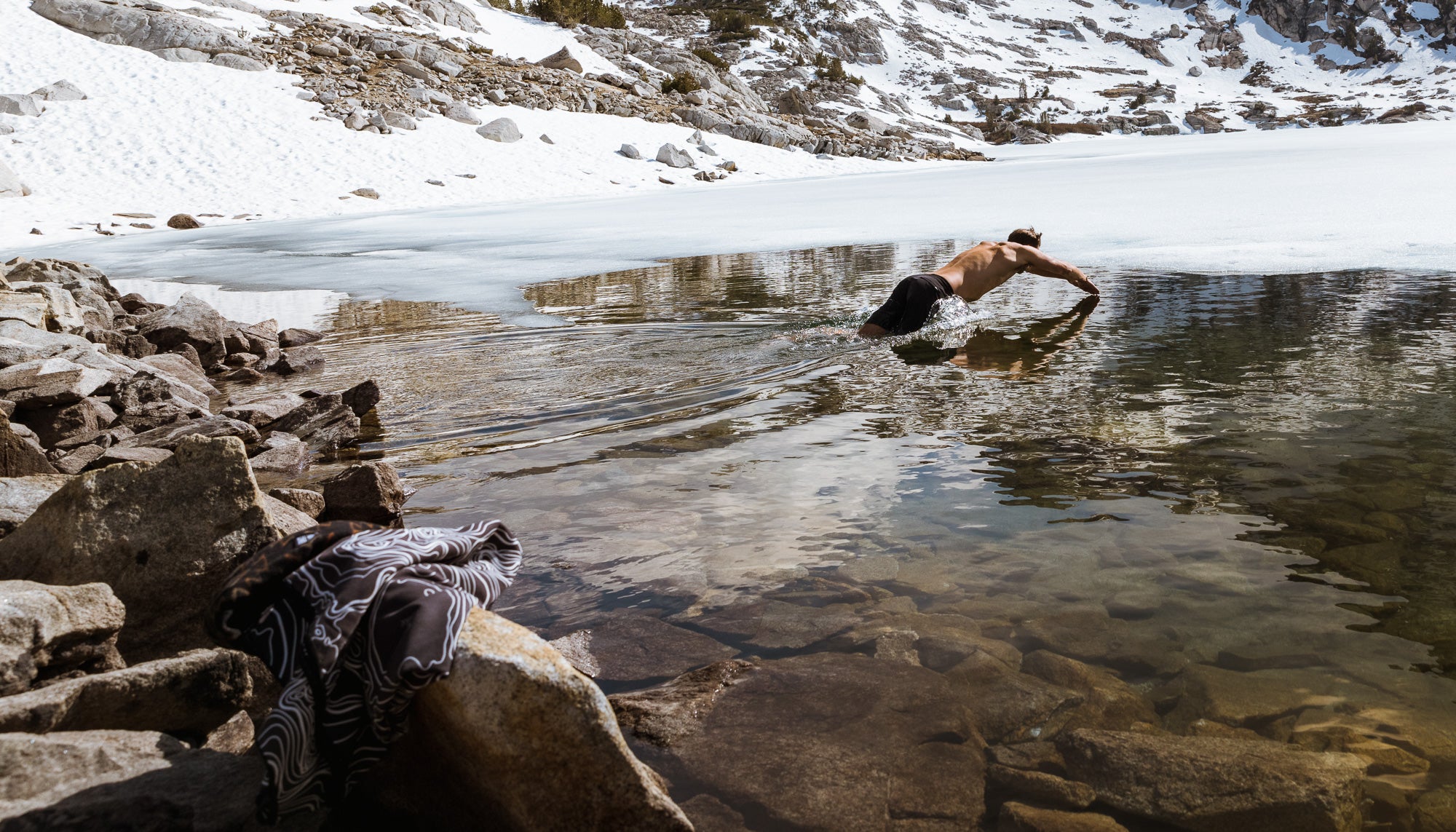
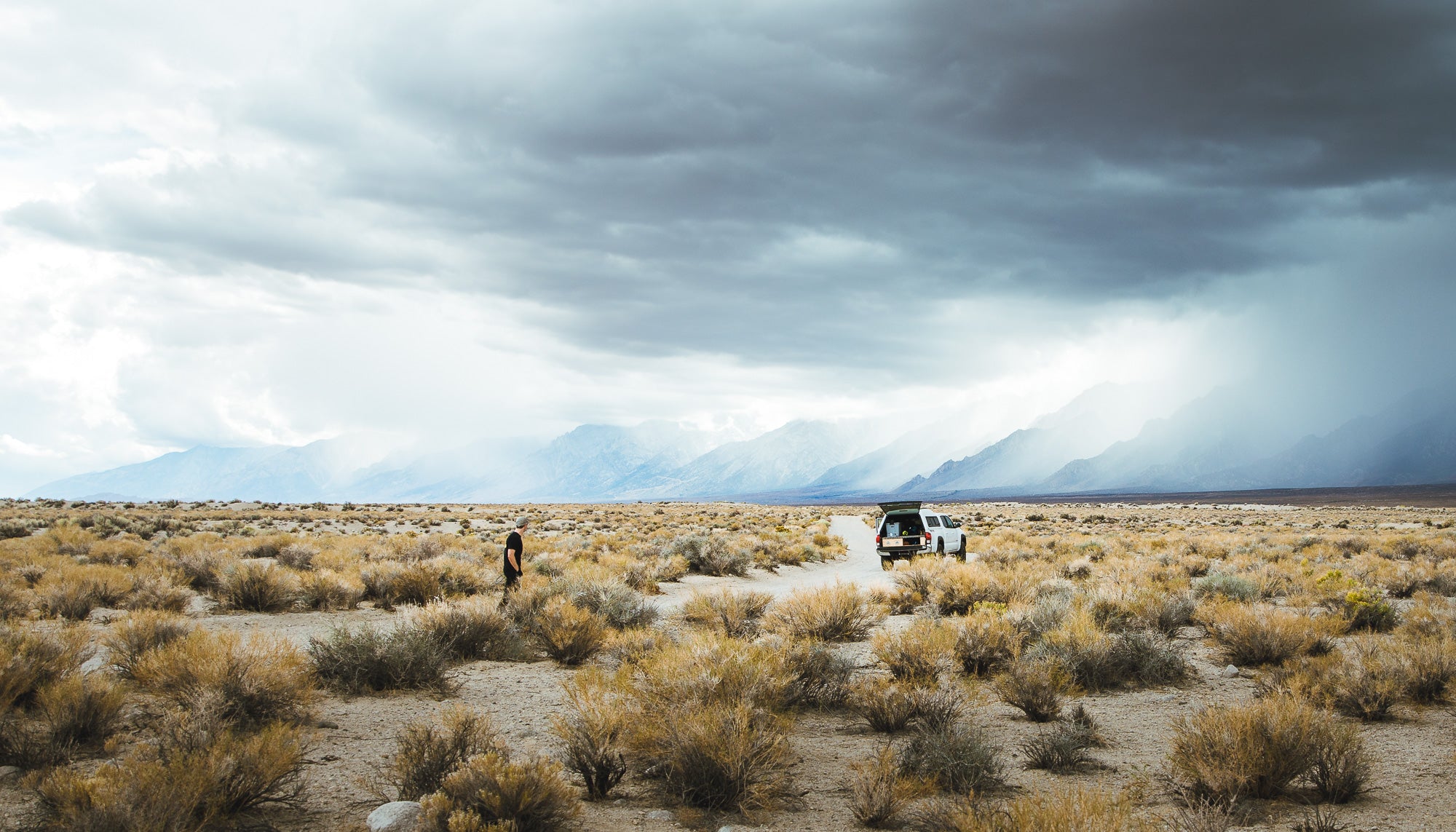
Comments
These are great tips and I love the packing list. In AZ we have to be aware of the heat. It is already 90 degrees. Hydration is essential to safe hiking,
Awesome article now I want to go hiking.
Like the advise to read review first to know about possible issues and have more fun.
As a scout leader, it has been quite useful to know the local organization that maintains the Maryland part of the AT. Great source of all hiking information not just about the AT.
Good tips! An excellent rwference prep and go!
Great article. Thank you for the helpful info.
Great information, Thank You.
I never thought to ask local park rangers. Great advice!
Loved the article, advice, and tips! Very informative blog!
I appreciate the tip about local advice! Its sometimes easy to forget.